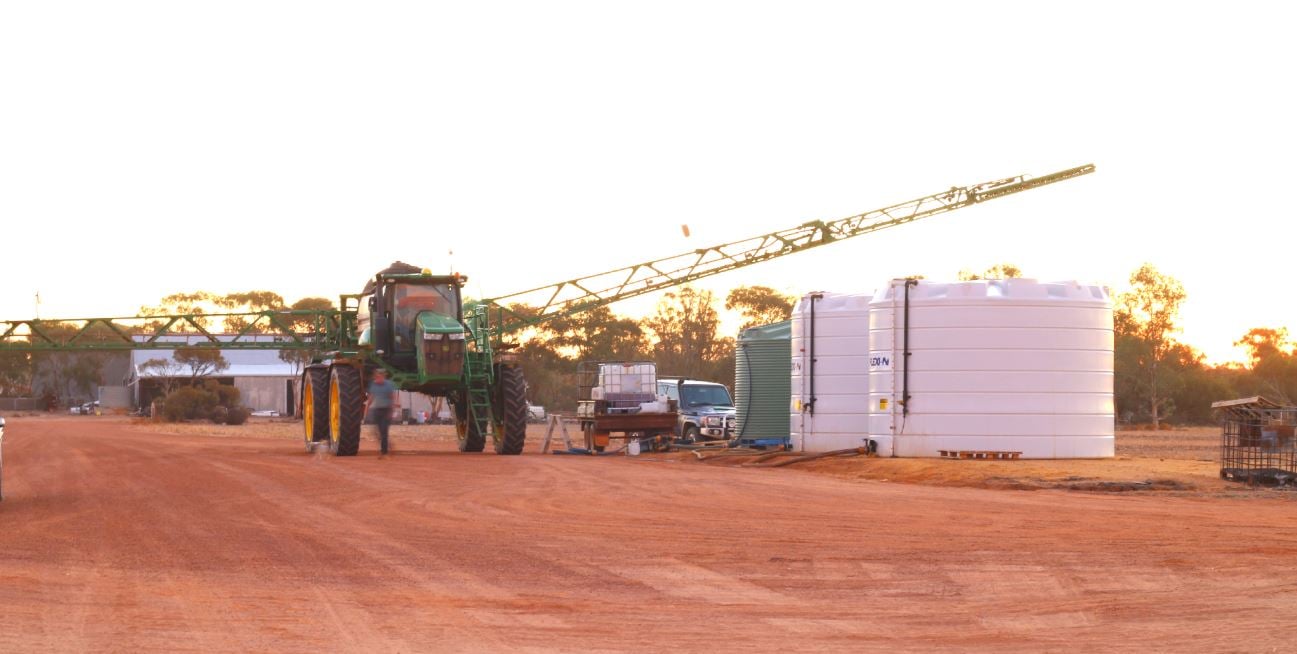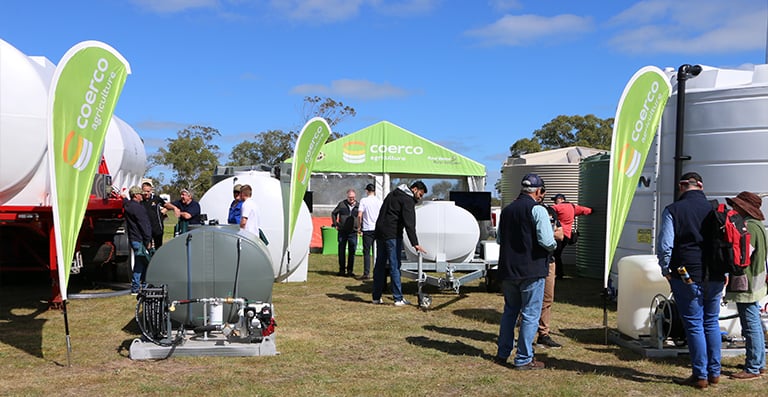Water sources in Australia have become unreliable and rainfall unpredictable so that any opportunity to save water for agriculture must be embraced. And one place where it’s practical to save water on your farm is in the soil—through an integrated weed management. This grants your soil its optimum capability to retain moisture from rains for use in the following seasons.
What is an integrated weed management (IWM)?
As the name suggests, an integrated weed management is the control of weeds through a long-term management plan. Without it, your crops could suffer long-term damage—and so will your wallet.
Cause damage how? Weeds compete with crops by taking water and nitrogen from the soil. When they are left to proliferate, your crops would then be deprived of the much-needed resources they require to thrive, negatively impacting your bottomline.
Negative impacts of improper/poor weed management in Agriculture:
- Unhealthy crops
- Yield losses varying from slightly negligible to complete loss
- Increase in cropping costs
- Increase in the risk of weed developing resistance to herbicide
- Weed competes for not just water and nitrogen but also space and light
- Other harvest problems including: reduced grain quality, weed seed contamination, etc.
On the other hand, when you have an integrated weed management carried out during and before cropping season, you boost your crops’ ability to fully access what they need from the soil without having to compete for it.
More on the Integrated Weed Management
- If summer weeds are present in the fallow, they can start taking water in the soil from depths of approximately 100 millimetres in just 12 days.
- Previous research with Grains Research & Development Corporation (GRDC) found that controlling weeds early on and preserving an extra 20 millimetres worth of stored moisture in the soil is approximately worth 0.5 tonnes per hectare of crop yield. Such is the advantage of weed management.
What are the benefits of summer weed management?
1. These benefits of managing pesky weeds in agriculture are all-encompassing:A 60% yield improvement is found on winter crops according to this experiment:
- In periods with high growing-season rainfall, yield improvement is made possible through nitrogen support in the soil.
- In periods with low growing-season rainfall, crops are able to access stored water, consequently increasing yields by water availability in the soil alone.
- On average growing-seasons, crops thrive both on nitrogen and water availability.
2. It reduces pests and the risk of diseases from previous seasons.
3. It helps reduce weed numbers in subsequent years.
An effective weed management plan should aim for the following:
- 100% efficacy in the control of target weeds
- Prevention of seed set
- Inclusion of an appropriate resistant management system
- Zero harm to spray operator
- Zero to negligible damage on non-target organisms and the wider environment
Invaluable tips on formulating a smart and effective weed management plan:
-
Identify the weeds
There are thousands of weed varieties in Australia. This is why proper identification is essential to ridding your farmland of the weeds that are plaguing it. Although there is no universal method that can counter all of them, the following weeds are connected to the highest yield losses according to study:
- brome grass
- wild radish
- wild oats, and
- annual ryegrass
For some useful tools to assist you in the correct identification of weeds, visit the following sources:
- Environmental Weeds of Australia Identification Tool
- FloraBase 'Find' tools (for WA only)
- Weeds Australia Weed Identification Tool
-
Practice smart spraying
Once you have identified your personal weed culprits, it's time to get the spray tanks and other spray equipment out. But you need to be careful not only of what you spray on your crops but when you spray them as well.
Spraying in the morning, rather than at midday before the temperature has peaked, may not be the best time due to inversion conditions. In such occasions, the wind makes fine droplets from your sprayer move parallel to the ground when they should be moving towards the ground at their intended targets: your crops. This “spray drift” is costly and could be dangerous and must be avoided.
Reminder: Do not start up your spray tank rigs after sunset when air movement becomes unpredictable and erratic, compounding the risk of spray drift. Spray tanks and/or any spray equipment that are non-regulated or old and worn out need replacing as soon as possible.
Ten good tips for reducing spray drift can be found in this article here.
-
Consider different approaches
Employing different methods to fight summer weeds is part of integrated weed management. These techniques include physical, chemical, biological and cultural control. By alternating between them, you deprive various weed species of their ability to develop immunity to any one method.
-
Prepare the necessary equipment for combating summer weeds
The vitality of any agricultural worker's livelihood depends on effective weed management. In 2006-2007, every Western Australian agricultural business spent over $300 million AUD on weed control. With such a major investment required to carry out farming every year, it’s not only important to incorporate a weed management plan into your yearly routine, it also makes sense to use only the most reliable liquid transport tanks for your spraying operations.
Coerco Tanks for Liquid Transport
No matter the size of your farm, Coerco supplies a variety of cartage tanks in varying sizes to fit your needs, offering imperviousness to chemicals, liquid stability, spill containment, and impact resistance. Each cartage tank is easily configured to become a supporting weed control unit by adding spray equipment, pumps and other equipment necessary for weed control.
Make spraying safe for your property and budget. Get the right tank for the task today!
Editor’s Note: This post was revamped and updated for the purpose of accuracy and comprehensiveness.



![<span id="hs_cos_wrapper_name" class="hs_cos_wrapper hs_cos_wrapper_meta_field hs_cos_wrapper_type_text" style="" data-hs-cos-general-type="meta_field" data-hs-cos-type="text" >Summer Weeds in Agriculture: Farmer's Enemy [What to Do]</span>](https://agriculture.coerco.com.au/hubfs/JLW/Blog%20Posts/February/Coerco-Summer-Weeds.jpg)





What do you think about this post?
Comments